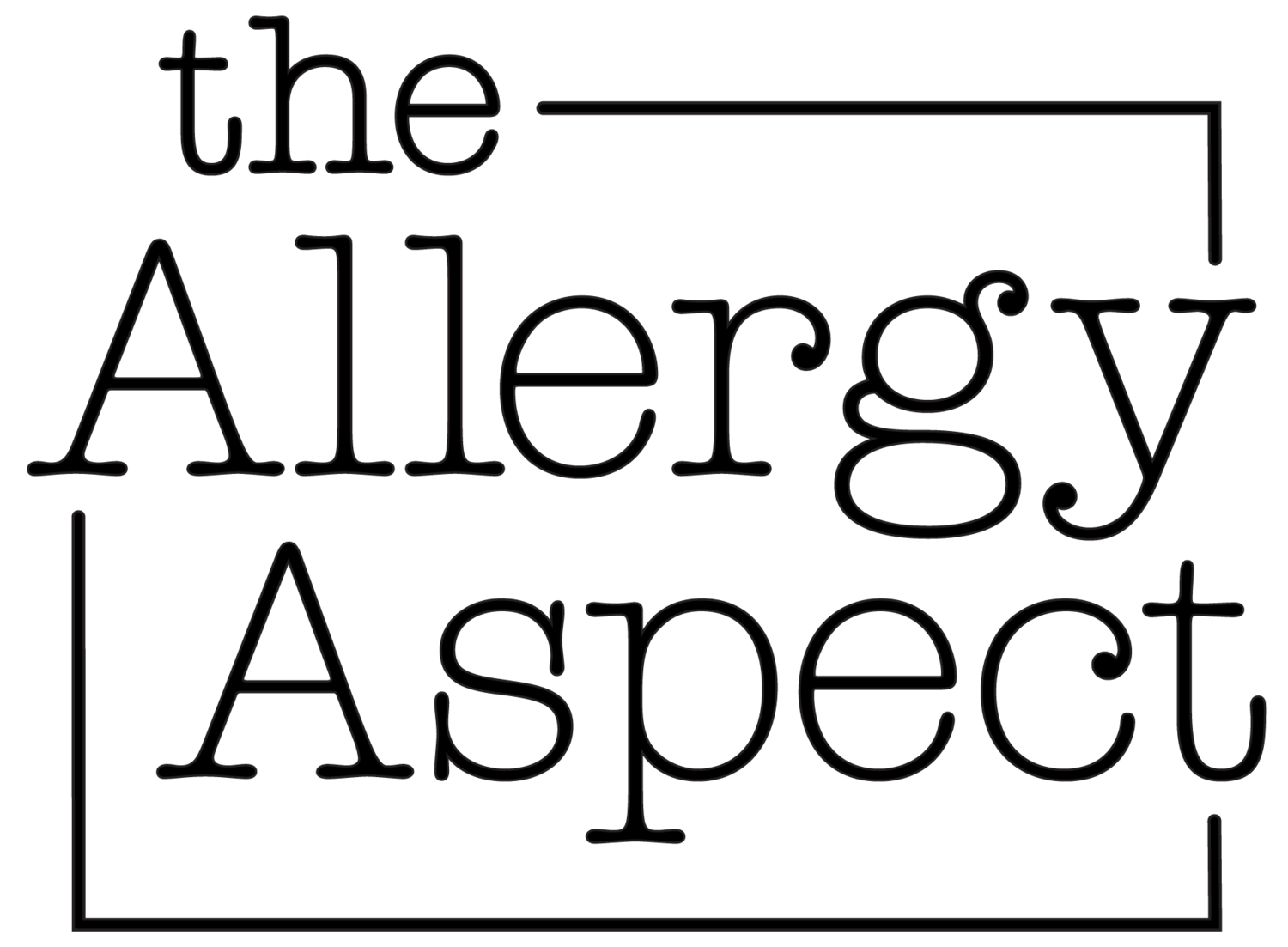Treating EOE with Budesonide Slurry
After several failed attempts to control our son’s eosinophilic esophagitis (EOE), our GI recommended budesonide, another type of corticosteroid to treat symptoms. We were familiar with this medication from managing our son’s asthma via a nebulizer when he was younger. However, the method of administration for EOE, versus asthma, was different and had its own learning curve.
Our GI instructed us to create a ‘slurry’, or a mixture, of the budesonide with a safe liquid to coat the esophagus as swallowed. Our GI suggested maple syrup for our son’s slurry (some other options included honey, agave nectar, or applesauce). Once swallowed, there were strict instructions not to drink or eat for an hour -- every morning and night.
Our son quickly assessed that this treatment was the best any doctor had ever prescribed – how often do you get to drink maple syrup a couple times of day, and call it medicine?! However, one less exciting aspect was frequent bloodwork to monitor his cortisol level. Corticosteroids can impact the body’s ability to produce cortisol and cause adrenal suppression, which requires a close watch while on this medication.
After a few months on the budesonide slurry, the Covid-19 lockdown began in the New York area (where we live). My husband and I tested positive for Covid-19 soon after and we went separately into isolation while our boys (ages 10 and 12 at the time), ran our household. Our son took over preparing and dosing his own slurry as well as all household tasks and cooking during covid.
While covid delayed our son’s next scheduled endoscopy, it was during that extended time at home together that we continued to have concerns about our son’s growth. From the time he started oral immunotherapy (OIT) through discovering he had EOE, our son’s growth chart showed he had stopped growing.
We were soon able to reschedule his delayed endoscopy, and encouraging results soon followed. His eosinophil count had declined, however his lack of growth was a major concern. Our GI and endocrinologist agreed he could not continue on budesonide, the impact to his growth was too great. We were extremely frustrated.
With support from our son’s GI, we moved on to pursuing insurance approval to begin yet another medication to control his EOE. I’ll be sharing more soon about the current treatment that has been working for our son for more than a year without discomfort, and his lowest eosinophil counts since we began this journey.
To learn more about our evolving EOE journey, look through the EOE page on my blog to discover how we live creatively managing EOE and food allergies. We approach this with a can-do attitude.
For more information on OIT, EOE and other concerns, visit Resources. Please get in touch with any questions.

